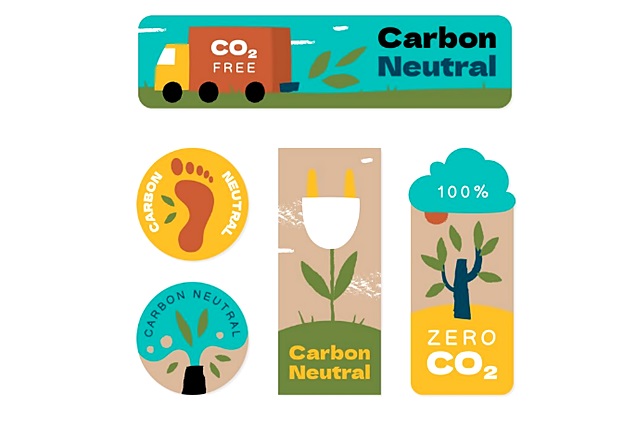
The 28th edition of the United Nations Climate Change Conference was about opening doors. In just two days, approximately 70,000 delegates gathered at Expo City, Dubai, to discuss the climate crisis, notes FoodNavigator, with one of the important topics being the anticipated "climate" labeling of food.
A critical moment
The moment is critical. According to a recent report from the World Resources Institute, global efforts to limit warming to 1.5°C are failing.
Except for sales of passenger electric cars, progress is "significant" lagging behind the pace and magnitude required to meet the Paris Agreement.
Addressing emissions from the agri-food system must be part of the solution, with nearly one-third (31%) of total anthropogenic (human-caused) greenhouse gas emissions—equivalent to 16.5 billion tons—attributed to food and agriculture.
At the consumer level, environmental labeling can play a crucial role in bringing transparency to the sustainability credentials of a product. At the same time, such labels can serve as a kind of incentive for producers and retailers to reduce CO2 emissions and better respond to environmentally conscious consumers.
Climate impact assessed by the company HowGood, which provides sustainability ratings for food and beverage products in retail, aims to help inform consumers when making purchasing decisions. And now, the startup is partnering with Carrefour in Dubai to launch climate impact labels for 2,500 food products in five stores, including at COP28.
Measuring the sustainability of food products
HowGood claims to have developed the world's largest sustainability database for ingredients and products. Using its sustainability information on over 33,000 food ingredients, the platform provides a wide range of data to help consumers make more informed decisions.
Specifically, HowGood offers three labels. First, it displays the carbon footprint of the product, which is the result of measuring the GHG emissions of a product from cradle to shelf.
Secondly, HowGood provides a sustainability rating. "Products receiving the 'Best' rating from HowGood have a better social and environmental impact than 95% of all products evaluated by HowGood," said Ethan Soloviev, HowGood's Director of Innovation, to FoodNavigator. "Those rated 'Good' are better than 85%, and those rated 'Okay' are better than 70%."
HowGood focuses exclusively on research in the food industry, so any non-food products in stores will not display a rating.
The startup also provides transparency by highlighting the sustainability attributes of the product.
For example, if a product uses less water than the average in its production, it can be labeled "Water Wise," the same goes for lower-than-average GHG emissions ("Climate Friendly"), a simple formula with seven or fewer ingredients ("Clean Label"), made with ingredients that do not depend on commercial or industrial processing ("Minimally Processed"), and/or respects the rights and dignity of workers ("Fair Work").
How does climate labeling change buying behavior?
HowGood says that labels have been proven to help guide consumers towards more sustainable choices. A recent partnership with SES-imagotag in London saw an attributed sales increase for products (those that received a rating) by 25.8% on average. The use of the "Fair Work" attribute recorded a growth of 45.1%.
"We can expect and do expect the labels to contribute to the impact of consumer buying behavior at COP28," Soloviev said for this publication.
In Dubai, HowGood is again collaborating with SES-imagotag to provide digital shelf labels. In collaboration with Majid Al Futtaim—which operates Carrefour in the United Arab Emirates—HowGood's climate impact labels will be displayed in Carrefour stores at Mall of the Emirates, City Center Deira, City Center Mirdif, Terminal 3 of Dubai International Airport, and its store at COP28.
Three types of labels
"There will be three types of labels: comprehensive product sustainability ratings from HowGood, which consider eight indicators of environmental and social impact; HowGood attributes, which assess GHG emissions, water use, labor risk, and more; and the carbon footprint," Soloviev explained.
In addition, the carbon footprint of items purchased by the buyer will be printed at the bottom of each receipt at the COP28 store location.
"Overall, the labels will bring comprehensive environmental and social impact data, such as greenhouse gas impact, water impact, labor conditions, and much more at the shelf level."
The movement reflects an increased focus on food at this year's Climate Change Conference compared to previous years. While last year at COP27 a pavilion was dedicated to food for the first time, in Dubai, food and food systems are expected to be at the center of discussions.




